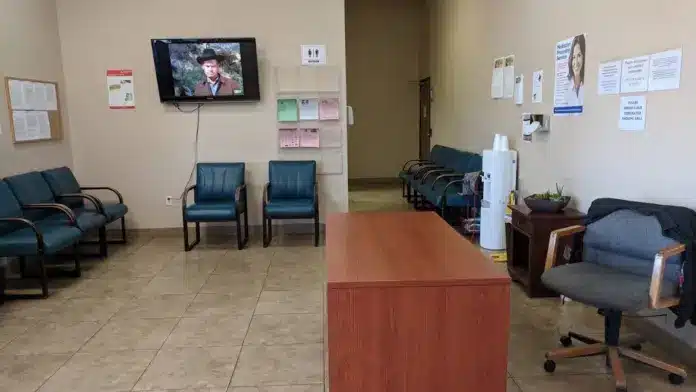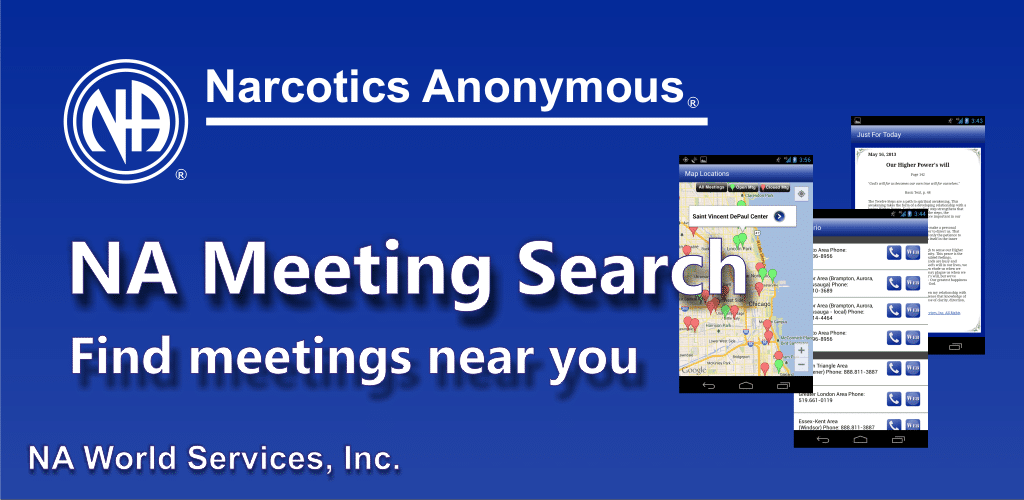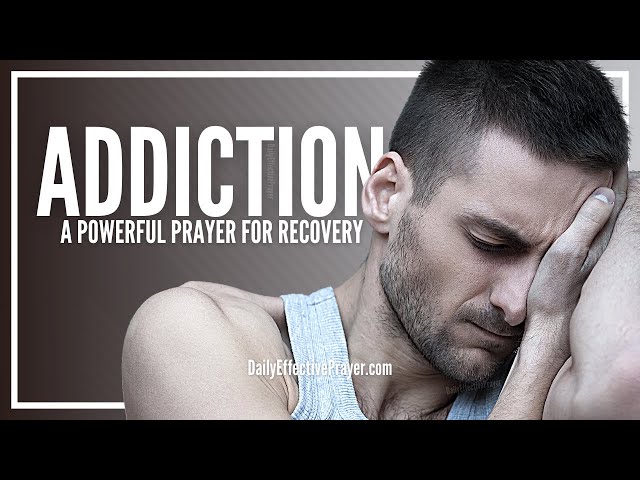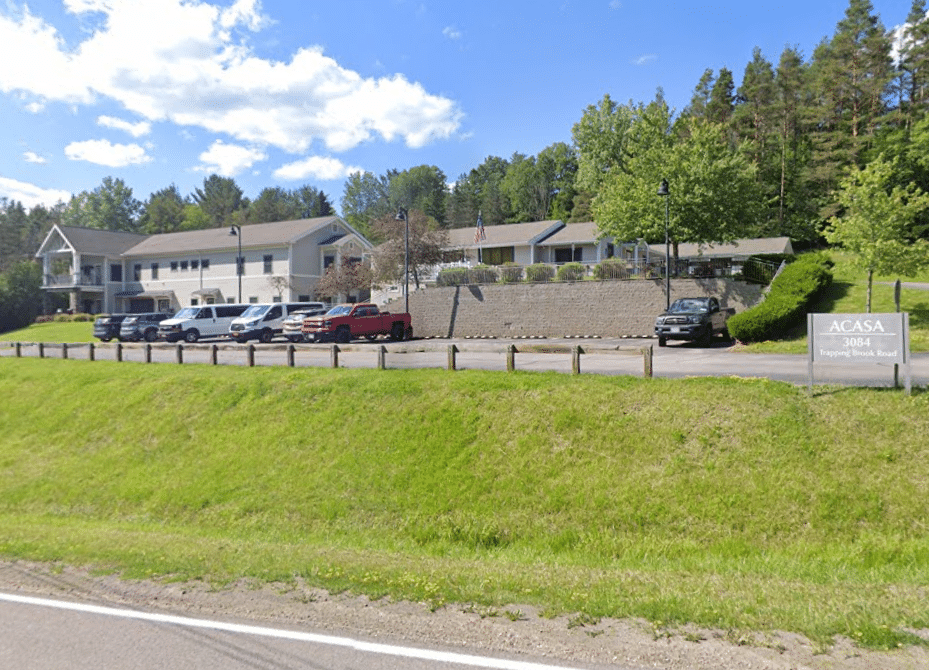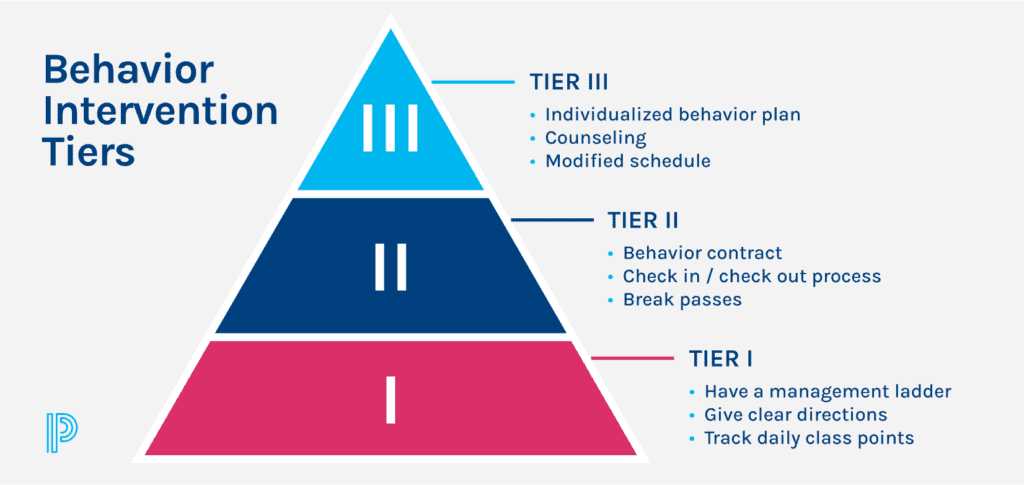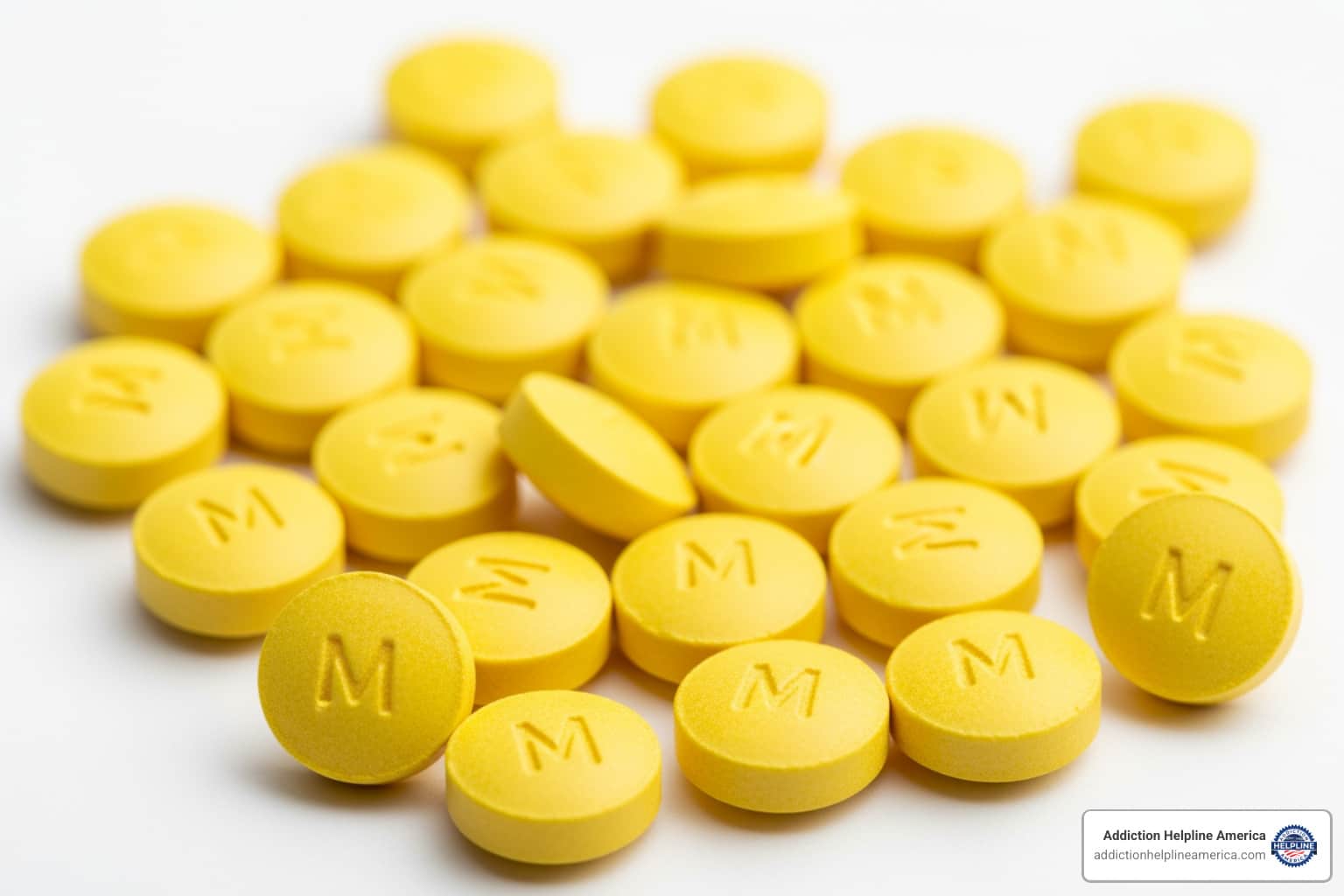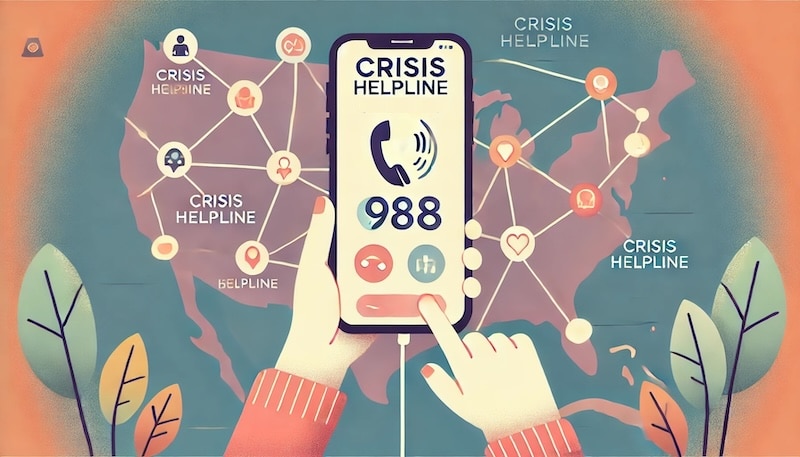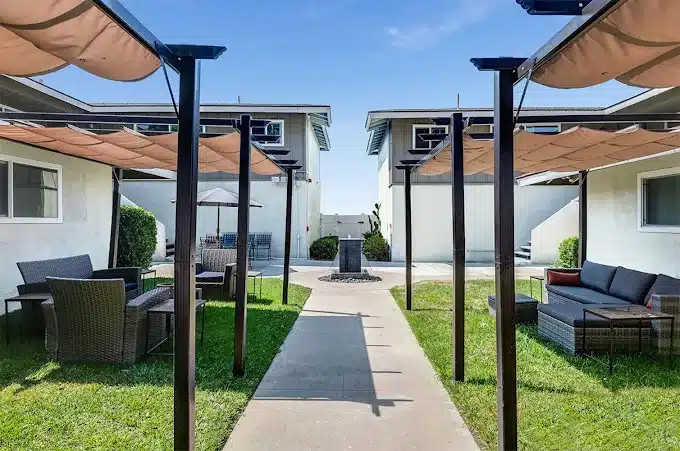
Why Choosing the Right Garden Grove Rehab Matters for Your Recovery
Garden Grove rehab centers offer comprehensive addiction treatment in Orange County, California. Those seeking help can find detoxification, inpatient and outpatient programs, dual diagnosis care, and therapies like CBT and DBT. With nearly 300 facilities within 25 miles, options exist for various financial situations, including those accepting private insurance, Medicaid, Medicare, TRICARE, and state funding.
Key Treatment Options in Garden Grove:
- Detoxification: Medically supervised withdrawal (3-10 days)
- Inpatient/Residential: 24/7 structured care (20-90+ days)
- Partial Hospitalization (PHP): Intensive day treatment (4-8 hours daily)
- Intensive Outpatient (IOP): Structured therapy while living at home (9+ hours weekly)
- Outpatient Programs: Flexible ongoing support (~1 hour daily)
- Sober Living: Supportive, substance-free transitional housing
The need for quality addiction treatment in Garden Grove is urgent. Drug overdoses in Orange County rose 56% from 2017 to 2020, and alcohol-related overdose deaths increased by 10%. Annually, the county sees over 5,500 hospitalizations and 700 deaths from substance abuse. These statistics highlight a crucial fact: addiction is treatable, but the right facility is vital for lasting recovery.
Finding the right rehab means asking critical questions to match the facility to your needs. Does it treat co-occurring mental health issues? What therapies are used? Is the staff licensed? Can you afford it, and what aftercare is provided?
At Addiction Helpline America, we help individuals and families steer these decisions by providing free, confidential guidance. Our team knows that finding a Garden Grove rehab aligned with your needs is essential for long-term success. We’re here to break down the seven most important questions to ask before making this life-changing choice.
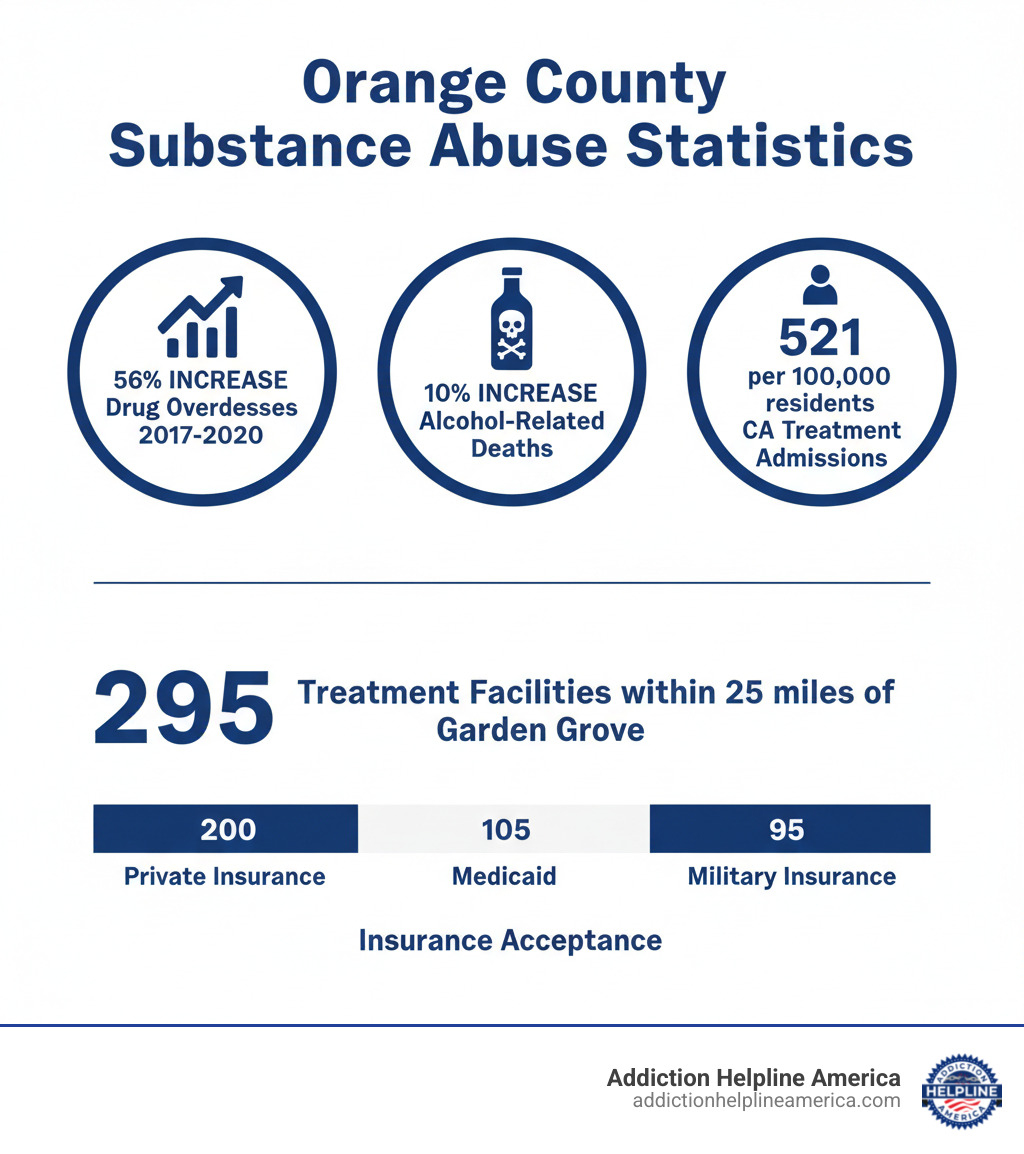
Garden Grove rehab vocabulary:
Question 1-3: What Treatment Programs and Therapies Are Offered?

When exploring Garden Grove rehab options, you’ll find a spectrum of programs and therapies. Understanding what’s available is key to finding the right fit for your situation.
1. What Levels of Care Are Available? (Inpatient vs. Outpatient)
The right level of care depends on addiction severity, medical history, mental health, and life circumstances. Garden Grove rehab facilities offer a range of options to meet you where you are.
The journey often starts with detoxification, where the body clears itself of substances. Medical professionals monitor you 24/7, managing withdrawal symptoms to ensure safety and comfort. Detox typically lasts 3 to 10 days, stabilizing your body for further treatment. More info about detox treatment.
After detox, you’ll enter a treatment program. Inpatient or residential treatment involves living at the facility for 28 to 90+ days in a structured, substance-free environment with constant support. This immersive approach helps break old patterns and build new ones.
For those needing to maintain work, school, or family duties, outpatient programs offer flexibility.
- Partial Hospitalization Programs (PHP) are the most intensive, with 4-8 hours of daily treatment while you live at home.
- Intensive Outpatient Programs (IOP) require at least 9 hours of weekly treatment, providing structure as you reintegrate into daily life.
- Standard outpatient programs are the most flexible, with a few sessions per week, ideal for ongoing support.
Sober living homes offer a middle ground, providing transitional housing with others in recovery. They bridge the gap between intensive treatment and independent living, allowing you to practice new skills in a supportive setting.
| Feature | Inpatient/Residential Treatment | Outpatient Treatment (PHP, IOP, OP) |
|---|---|---|
| Environment | Live at facility, 24/7 care and supervision | Live at home, attend scheduled sessions |
| Intensity | High, complete immersion in recovery | Varies (PHP highest, OP lowest), structured sessions |
| Duration | Typically 28-90+ days | Weeks to several months, depending on program type and individual progress |
| Flexibility | Limited, focus is solely on recovery | High, allows for work, school, family commitments |
| Cost | Generally higher (includes room & board) | Generally lower |
| Ideal For | Severe addictions, co-occurring disorders, need for structured environment | Moderate addictions, strong support system at home, transition from inpatient |
2. What Are the Core Principles of Effective Treatment?
Effective treatment goes beyond stopping substance use; it addresses the root causes and teaches healthier coping mechanisms. When evaluating a Garden Grove rehab, look for programs built on these principles.
Treatment must be personalized to your unique history, challenges, and goals. Therapies should be evidence-based, meaning they are scientifically proven.
- Cognitive Behavioral Therapy (CBT) helps you identify and change negative thought patterns that lead to substance use.
- Dialectical Behavior Therapy (DBT) teaches skills in mindfulness, emotional regulation, distress tolerance, and interpersonal effectiveness.
Many Garden Grove rehab centers also use holistic therapies like yoga, meditation, art, or music therapy to treat the whole person—mind, body, and spirit.
Trauma-informed care is another critical component, as untreated trauma can undermine recovery. These programs create a safe environment and integrate an understanding of trauma’s effects into all aspects of treatment. A multidisciplinary treatment team of doctors, therapists, and case managers ensures all dimensions of your well-being are addressed. These principles are the foundation of treatment that provides lifelong tools and insights. Find Drug & Alcohol Rehab Centers near Garden Grove, CA .
3. Do You Treat Co-Occurring Disorders and Involve Family?
About half of individuals with substance use disorders also have a mental health condition, known as a dual diagnosis or co-occurring disorders. People often use substances to self-medicate anxiety, depression, PTSD, or other conditions.
It is essential that your Garden Grove rehab offers integrated treatment for both conditions simultaneously. Treating one without the other is ineffective, as addiction and mental health are deeply interconnected. Look for facilities specializing in dual diagnosis, with staff trained to manage these complexities.
Addiction also affects the entire family, and their support is a valuable asset in recovery. Quality Garden Grove rehab centers offer family therapy and support services. These sessions help loved ones understand addiction, improve communication, and learn how to provide healthy support without enabling. Facilities may also refer families to groups like Al-Anon and Nar-Anon.
Involving family helps repair relationships, builds a stronger support network for your return, and promotes healing for the entire family system. When treatment addresses your mental health, addiction, and family dynamics, it leads to genuine, lasting healing. More info about family programs.
Question 4-5: What Are the Costs and How Is Quality Ensured?
Navigating the financial and quality aspects of Garden Grove rehab can feel overwhelming, but asking the right questions about cost and credentials provides clarity and confidence.
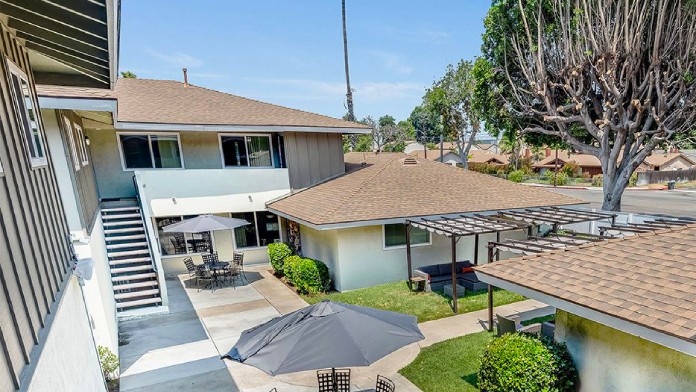
4. What is the Cost and What Payment Options Are Accepted?
Addiction treatment costs vary widely, with intensive residential programs costing more than outpatient therapy. However, cost should not be a barrier to getting help. Many Garden Grove rehab centers strive to make treatment accessible.
Insurance coverage is often more comprehensive than people realize. The Affordable Care Act classifies substance use disorder treatment as an essential health benefit. Most plans cover addiction treatment, but you must verify specifics with the facility. Many Garden Grove facilities accept private insurance from providers like Aetna, Anthem Blue Cross, and Cigna.
- Public Insurance: For those without private insurance, Medicaid is accepted at about 10 facilities in the area, Medicare at about 3, and TRICARE for military families at roughly 8 facilities.
- State-Funded & Low-Cost Options: About 8 facilities accept state-financed health plans, offering low-income rehab options. Additionally, around 102 facilities in the area provide sliding scale fees, adjusting costs based on your income. Some centers also offer financing plans or scholarships.
California residents have extra protection under California law SB-855, which requires health plans to cover substance use disorder treatment similarly to other medical conditions.
Don’t let cost concerns stop you. An admissions team can help you explore every available financial option to make treatment possible. More info about California rehab options.
5. Is the Facility Licensed and Accredited?
You wouldn’t trust an unlicensed doctor with your health, and the same principle applies when choosing a Garden Grove rehab. Licensing and accreditation are your assurance that a facility meets rigorous standards for safety, ethical practices, and effective treatment.
State licensing is non-negotiable. In California, every legitimate addiction treatment facility must be licensed by the Department of Health Care Services (DHCS). This licensing ensures the facility meets state-mandated standards for health, safety, and program quality. When you’re touring a facility or speaking with admissions, don’t hesitate to ask for proof of current state licensing. It’s your right to know.
Beyond basic licensing, national accreditation demonstrates a facility’s commitment to excellence. These voluntary accreditations show that a center has gone above and beyond minimum requirements. Look for recognition from respected organizations like The Joint Commission, which accredits healthcare organizations that meet rigorous performance standards. CARF (Commission on Accreditation of Rehabilitation Facilities) accreditation signals a program’s dedication to quality and continuous improvement. Membership in the National Association of Addiction Treatment Providers (NAATP) often reflects adherence to ethical practices and industry best standards.
But here’s what matters just as much as the facility’s credentials: the people who will actually be guiding your recovery. Staff credentials and experience make all the difference. Ask about the qualifications of the medical and therapeutic team. Are the therapists licensed? What certifications do the counselors hold? How many years of experience does the team have collectively? A facility with a team boasting hundreds of years of combined experience—including psychiatrists, doctors, nurses, licensed therapists, and case managers—suggests you’ll be in capable, knowledgeable hands.
The staff-to-client ratio matters too. A lower ratio means more personalized attention and care. Some facilities offer ratios as low as 1:1 or 5:1, ensuring that you’re not just another face in a crowded program but an individual receiving custom support.
When a facility is properly licensed, nationally accredited, and staffed by qualified professionals, you can move forward with confidence. You’re not just choosing a place to stay for a few weeks—you’re choosing people who will walk alongside you during one of the most important journeys of your life. For general health information and safety guidelines, especially in today’s evolving health landscape, we encourage you to review the CDC website for information about COVID-19.
Question 6-7: What Happens After Treatment at a Garden Grove Rehab?
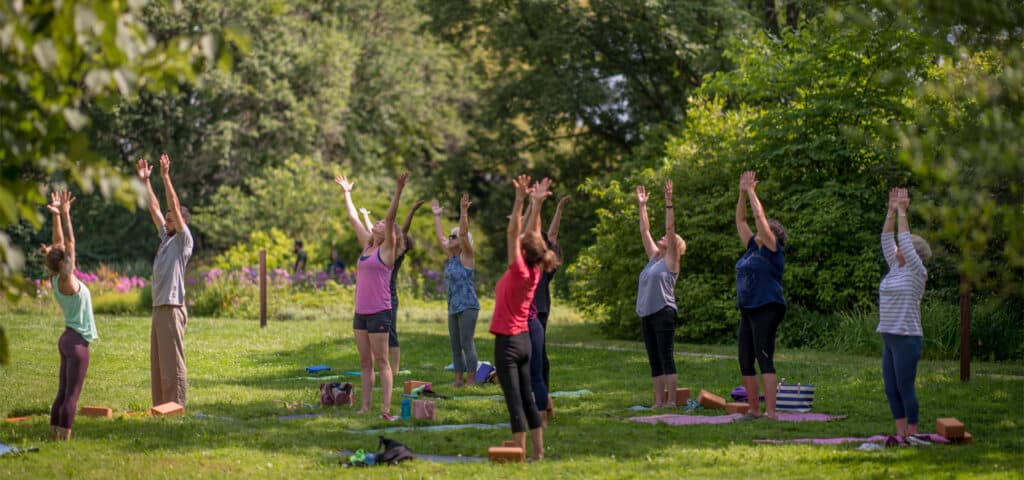
Completing a rehab program is a major accomplishment, but it’s the beginning of a new way of living, not a finish line. The best Garden Grove rehab facilities understand this and provide comprehensive support for long-term sobriety.
6. What Aftercare and Relapse Prevention Is Offered?
Aftercare is the collection of resources and strategies that help you steer life outside of treatment. A quality Garden Grove rehab creates a personalized aftercare plan that may include ongoing therapy, regular check-ins, and connections to community resources.
Sober living homes are a crucial stepping stone for many, offering supportive residences where you live with others committed to sobriety. You have more freedom than in residential treatment but still benefit from a structured, substance-free environment. More info about sober living communities.
The power of community cannot be overstated in long-term recovery. Support groups provide ongoing connection with people who truly understand what you’re going through. Alcoholics Anonymous (AA) and Narcotics Anonymous (NA) are the most well-known options, offering peer support through a 12-step framework that has helped millions of people maintain sobriety. If the spiritual aspect of 12-step programs doesn’t resonate with you, SMART Recovery offers a science-based alternative that focuses on self-empowerment and practical tools rooted in cognitive behavioral therapy.
Many facilities also maintain alumni programs that keep you connected to the community you built during treatment. These programs often include regular meetups, social events, mentorship opportunities, and online support groups. There’s something uniquely powerful about staying connected with people who were in the trenches with you, who witnessed your struggles and your breakthroughs. That shared experience creates bonds that can sustain you through difficult times.
The heart of aftercare is relapse prevention—learning to recognize your personal triggers before they derail your recovery. Triggers can be people (an old friend you used to drink with), places (driving past your favorite bar), situations (stressful work deadlines), or even emotions (loneliness, anger, or ironically, celebration). A good aftercare plan helps you identify these triggers and develop specific strategies to handle them. Maybe that means taking a different route home to avoid certain neighborhoods, or having a list of people you can call when cravings hit, or practicing mindfulness techniques when stress builds up.
Recovery is a daily practice, not a one-time achievement. Aftercare gives you the tools, support, and accountability to make that practice sustainable.
7. Why Choose a Garden Grove Rehab for Recovery?
Location matters more than you might think when it comes to recovery. The environment you heal in—and the community you return to—can significantly impact your long-term success. Garden Grove rehab facilities offer some unique advantages that support not just your initial treatment, but your ongoing recovery journey.
Let’s start with the weather. Garden Grove enjoys a Mediterranean climate with mild, sunny days nearly year-round. While this might sound like a small detail, consistent sunshine and pleasant temperatures make it easier to stay active, get outside, and maintain the healthy routines that support sobriety. Depression and isolation are common struggles in early recovery, and simply being able to step outside into warm sunshine can lift your mood and motivate you to engage with life.
The area’s natural beauty provides endless opportunities for healthy, sober activities. Garden Grove sits in central Orange County, putting you within easy reach of beautiful beaches, scenic parks, and hiking trails. Many local facilities incorporate outdoor activities into their programs—group beach trips, nature walks, kayaking excursions, or simply spending time in peaceful green spaces like Garden Grove Park or Village Green Park. These experiences aren’t just pleasant diversions; they’re therapeutic tools that reduce stress, promote physical health, and help you find new ways to enjoy life without substances.
The local community offers a welcoming atmosphere with a growing network of sober support. You’ll find recovery meetings throughout the area, sober social events, and a culture that increasingly accepts wellness and healthy living. Downtown Garden Grove has been revitalizing, offering family-friendly attractions like the Atlantis Play Center and Stanley Ranch Museum—places where you can build new memories and connections that have nothing to do with your past substance use.
There’s also something symbolic about recovering in a place called “The Grove.” Orange County was once covered in orange groves—places of growth, cultivation, and harvest. Choosing a Garden Grove rehab means planting yourself in soil where growth is possible, where you can nurture the seeds of your new life and watch them flourish. It’s a place where thousands of people have found hope and healing, and where the community understands the value of second chances.
The central location in Orange County also means easy access to ongoing resources. When you complete your primary treatment, you won’t have to travel far to find support groups, outpatient therapy, medical care, or other services you might need. And if you have family or loved ones who want to be part of your recovery, the area’s accessibility makes it easier for them to visit during treatment and stay involved afterward.
Recovery isn’t just about stopping substance use—it’s about building a life you don’t want to escape from. Garden Grove offers an environment where that kind of life feels possible. More info about treatment in Orange County.
Frequently Asked Questions about Garden Grove Rehab
We know you have more questions, and we’re here to provide clear, helpful answers as you consider Garden Grove rehab options. These are some of the most common concerns we hear from people just like you.
How long does rehab in Garden Grove typically last?
The duration of your stay at a Garden Grove rehab is not one-size-fits-all. It depends on the severity and history of your addiction, your individual progress in treatment, and the type of program you enter.
- Detox programs are the shortest phase, typically lasting 3 to 10 days.
- Inpatient or residential treatment usually runs from 28 to 90 days, with 30, 60, and 90-day programs being common.
- Outpatient programs (PHP, IOP) can last for several months, with follow-up care extending beyond that.
Research consistently shows that longer treatment periods—particularly 60, 90 days, or more—tend to lead to better long-term outcomes. This makes sense when you think about it: real, lasting change takes time. You need time to work through the underlying issues that contributed to your addiction, time to practice new coping skills, and time to build confidence in your ability to stay sober.
Can I lose my job for attending rehab in California?
This is one of the most common fears we hear, and it’s completely understandable. The good news is that federal law provides important protections for people seeking addiction treatment.
The Federal Family and Medical Leave Act (FMLA) is your friend here. If you work for a company with 50 or more employees within a 75-mile radius, and you’ve been there for at least 12 months and worked at least 1,250 hours in the past year, you’re entitled to take up to 12 weeks of unpaid, job-protected leave for addiction treatment. This means your employer must hold your position (or an equivalent one) for you while you focus on getting well.
Beyond FMLA, addiction is recognized as a medical condition, which means employers cannot legally discriminate against you for seeking treatment. Your privacy is also protected—your employer doesn’t need to know the specific details of your treatment, and confidentiality laws safeguard your personal health information.
We always recommend checking with your company’s HR department or reviewing your employee handbook to understand your specific workplace policies. Some employers offer additional support through Employee Assistance Programs (EAPs) that can help coordinate your leave and even provide resources for treatment. If you’re unsure about your rights, consulting with a legal professional who understands employment law can provide peace of mind. The most important thing is that you shouldn’t let fear of job loss keep you from getting the help you need—the law is designed to protect you during this critical time.
What are some free or low-cost addiction treatment options in Garden Grove?
Money worries shouldn’t stand between you and recovery. We’ve seen too many people delay getting help because they think they can’t afford it, but the truth is that there are more affordable options than most people realize.
State-funded programs are available throughout California, including in the Garden Grove area, where approximately 8 facilities use state funding to provide low-income rehab options. These programs are designed specifically for individuals who meet certain income or eligibility criteria, and they can significantly reduce or even eliminate your out-of-pocket costs.
Many non-profit organizations operate treatment centers funded by donations and grants, allowing them to offer services at reduced rates or sometimes completely free. While these programs may have waiting lists, they provide quality care and are worth the wait for many people.
If you’re earning some income but still struggling financially, sliding scale fees can make treatment accessible. Around 102 facilities in the Garden Grove area adjust their costs based on what you can actually afford to pay. This means the facility looks at your income, expenses, and financial situation to determine a fair price for your care.
Government insurance programs provide another pathway. If you qualify for Medicaid (known as Medi-Cal in California), approximately 10 facilities in the Garden Grove area accept this coverage, which can cover most or all of your treatment costs. For seniors and certain individuals with disabilities, Medicare is accepted at about 3 facilities. If you’re military personnel, a veteran, or a family member, TRICARE is accepted at around 8 facilities in the area.
Don’t overlook scholarships and financial aid programs offered by private facilities and non-profits. Many centers, recognizing that addiction doesn’t discriminate based on income, have set aside funds to help individuals who truly need treatment but lack the financial resources.
To find affordable care, start by contacting your local county health services department—they maintain lists of state-funded programs and can guide you through the application process. Research non-profit organizations specializing in addiction treatment in Orange County. When you call facilities directly, ask specifically about sliding scale options, payment plans, and scholarship opportunities. Check your eligibility for Medicaid, Medicare, or TRICARE through the appropriate government websites.
Addiction Helpline America is here to help you steer all these options at no cost to you. We can connect you with facilities that match both your treatment needs and your financial situation, because everyone deserves access to recovery, regardless of their bank account. Help is available, and we’re committed to helping you find it.
Conclusion: Taking the First Step Towards Recovery
You’ve now reviewed the seven essential questions to ask when considering a Garden Grove rehab. Understanding what to look for—from levels of care and therapies to cost and aftercare—empowers you to choose a program that fits your needs.
We’ve covered that Garden Grove rehab centers offer a full continuum of care, from detox to outpatient. The best facilities use evidence-based therapies (CBT, DBT), treat co-occurring disorders, involve family, and are properly licensed and accredited. They also provide robust aftercare planning to support long-term recovery.
The statistics on addiction in Orange County are serious, but the most important truth is that addiction is a treatable condition, and recovery is absolutely possible. The supportive community and healing environment in Garden Grove can help you rebuild your life.
You don’t have to figure this out alone. At Addiction Helpline America, our mission is to provide free, confidential, and personalized guidance to connect you with the right treatment program. We listen to your situation and help you find a facility from our network where you will feel safe and supported.
We can help you steer concerns about cost, insurance, or job security. We know the treatment landscape in California and can help you find affordable, effective care.
Taking the first step by asking for help is the most critical part of the journey. You deserve a life of hope, connection, and purpose, free from the grip of addiction. Recovery is about building a life so fulfilling you don’t want to go back to the old one.
Take that first step today. Let us help you find the healing and hope you deserve. Find the right California rehab program for you with our ultimate guide.
The path to recovery is waiting. All you have to do is take the first step.
Our helpline is 100%
free & confidential
If you or someone you care about is struggling with drug or alcohol addiction, we can help you explore your recovery options. Don’t face this challenge alone—seek support from us.
Programs
Resources
Will my insurance
cover addiction
treatment?
We're ready to help
Find the best
drug or alcohol treatment
center
Are you or a loved one struggling with addiction? Call today to speak to a treatment expert.


